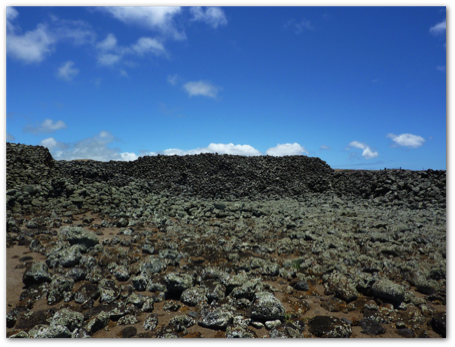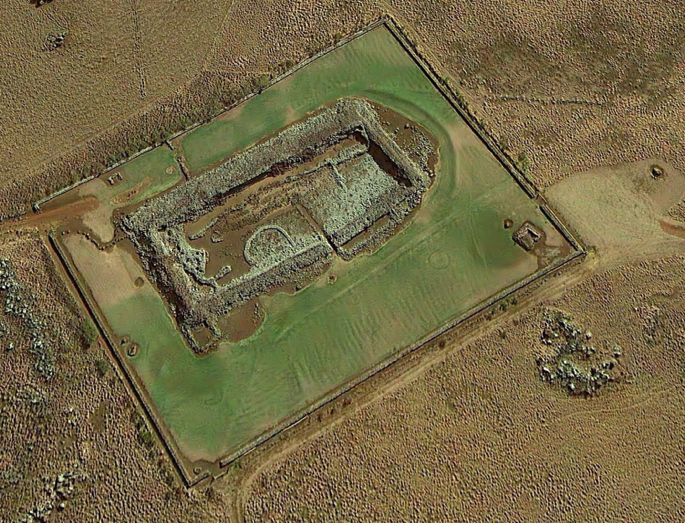Moʻokini Heiau
Moʻokini Heiau is one of oldest historical sites in Hawaiʻi and among its most sacred. This heiau is a living spiritual temple and not just a historic artifact of the Hawaiian culture. Oral histories indicate an original temple may be 1500 years old. Evidence suggests the current temple was built on the site of a smaller older one, by Paʻao, who brought the Hawaiian Religion to the islands somewhere between 1100-1300 A.D.
The current site includes remains of the sacrificial temple measuring 250’ x 130’ with an open stone paved court enclosed by 20’-high stone walls, and the sacrificial stone. It is constructed of stones that are said to have been passed from hand to hand from the Pololū Valley, over 12 miles (19 km) away. One myth holds that the temple was completed by menehune in one night.
Moʻokini means "many lineages" or "many Moʻo" in the Hawaiian Language. Moʻo are large reptile goddesses honored by Hawaiians since before the time of Paʻao.
For centuries a strict set of rules (kapu) were enforced at the heiau. It was a closed heiau reserved exclusively for the Aliʻi Nui (the highest royalty) for praying and offering of human sacrifices to their gods. In Kohala it was the focus of religious life and order. In November 1978 Kahuna Nui Leimomi Moʻokini rededicated the Moʻokini Luakini to the “Children of the Land” (kama ʻaina) and lifted the restrictive kapu. In doing this she made the site safe for all persons to enter the heiau and created a place of learning for future generations to discover the past. Her family has been taking care of the temple for centuries.
A few hundred yards away is Kamehameha Akahi ʻĀina Hānau, the birthplace of Kamehameha the Great. He is said to have been born here in 1758 as Halley's Comet passed overhead. The entrance to the site is on the south side. A rock is said to mark the precise place of the birth of Kamehameha.


